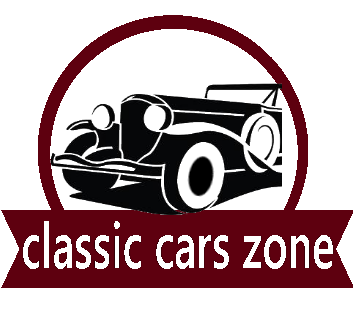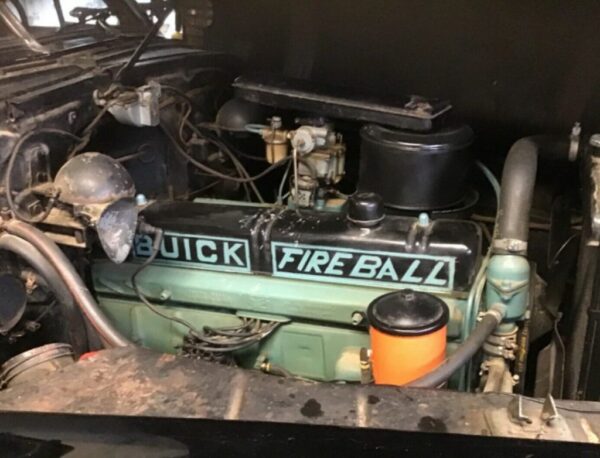The Buick Fireball engine made its debut in the late 1930's, and it quickly gained a reputation for its innovative design and performance capabilities. One of its most notable features was its valve-in-head (OHV) design. It improved combustion efficiency and overall engine performance. This layout was a departure from the older flathead engines commonly used at the time. It helped Buick stand out in the competitive automotive market.
Buick produced the Inline 8 Fireball Straight-8 engine from 1931 to 1953. Like other automobile makers in the US, Buick adopted the Inline-8 in beginning of the 1930's as a more powerful alternative to the previous power plants.
A straight engine is considerably easier to build than other engine types, like V-type. Both cylinder banks and the crankshaft can be milled from a single metal casting. It also requires fewer cylinder heads and camshafts. Inline engines are smaller in overall dimensions than radial designs. They can be mounted in any direction. Straight configurations are simpler than their V-shaped counterparts. Four-cylinder models are inherently off balance and rough, this is why an eight cylinder design is better.
Buick named the 1947 inline 8 engine 'Fireball' ('Inline Eight'). A very durable, robust machine that ran smoothly for many years with little maintenance. The same holds true for the Oldsmobile inline engines.
A functional display model you find here on classiccarszone.
The following colored sketch is from a vintage Buick ad, published 1947. It shows the Inline-Eight 'Fireball'.

Another 'Fireball' engine of this type, which was on a separate auction, I cover on a separate page.

